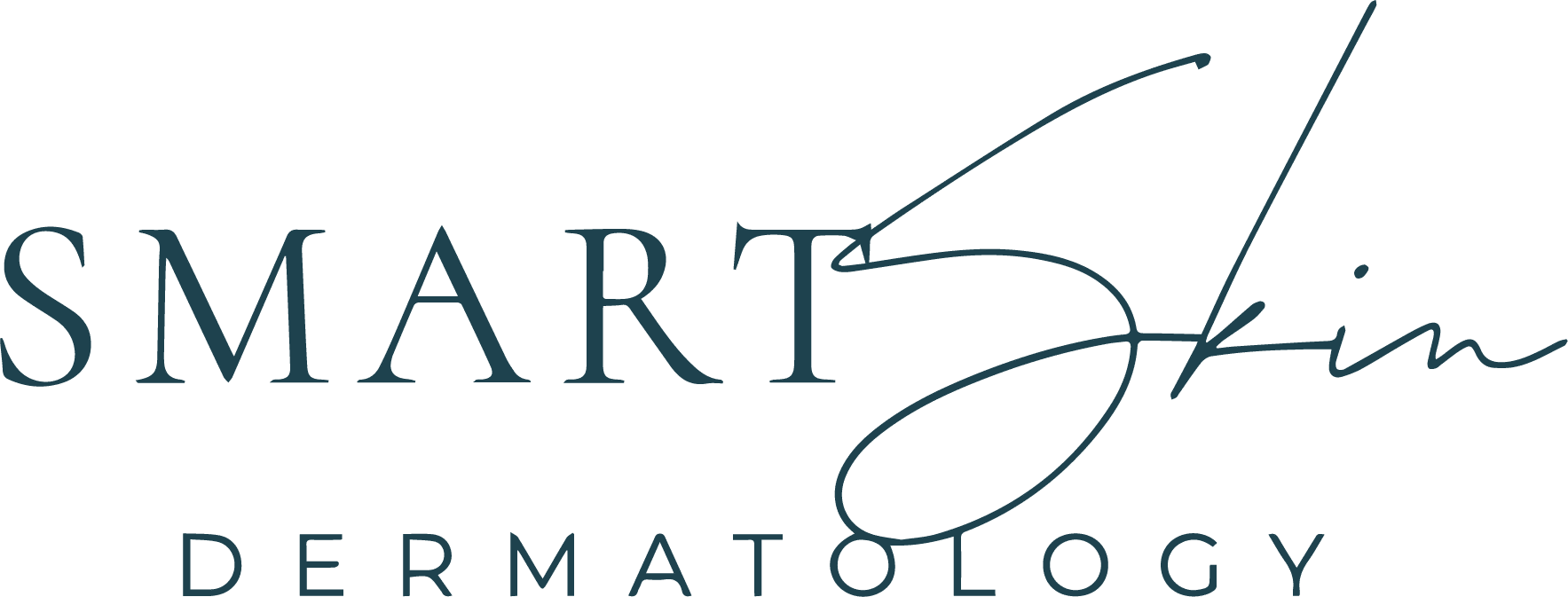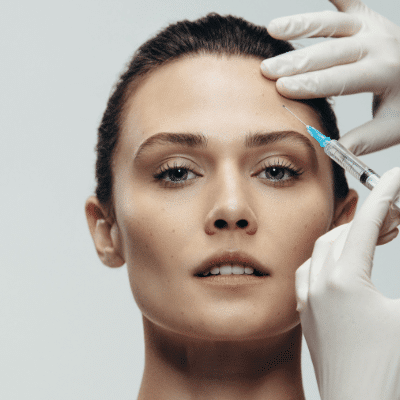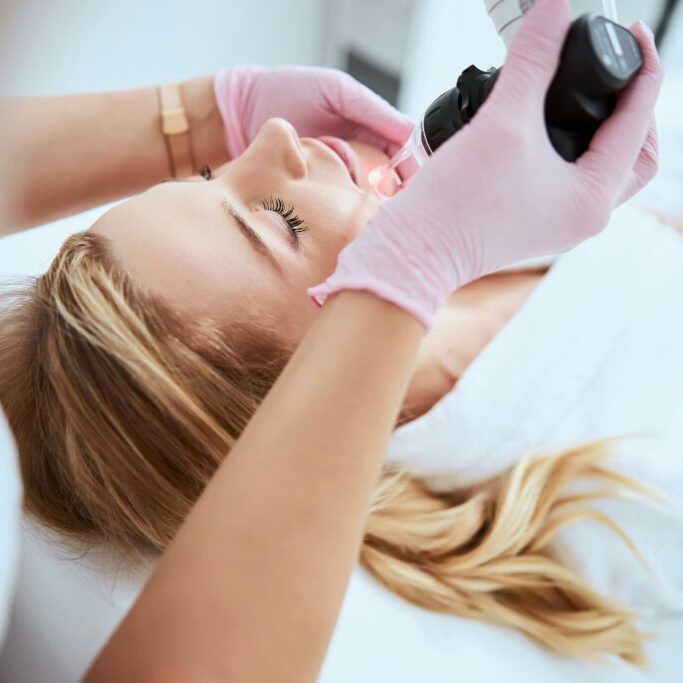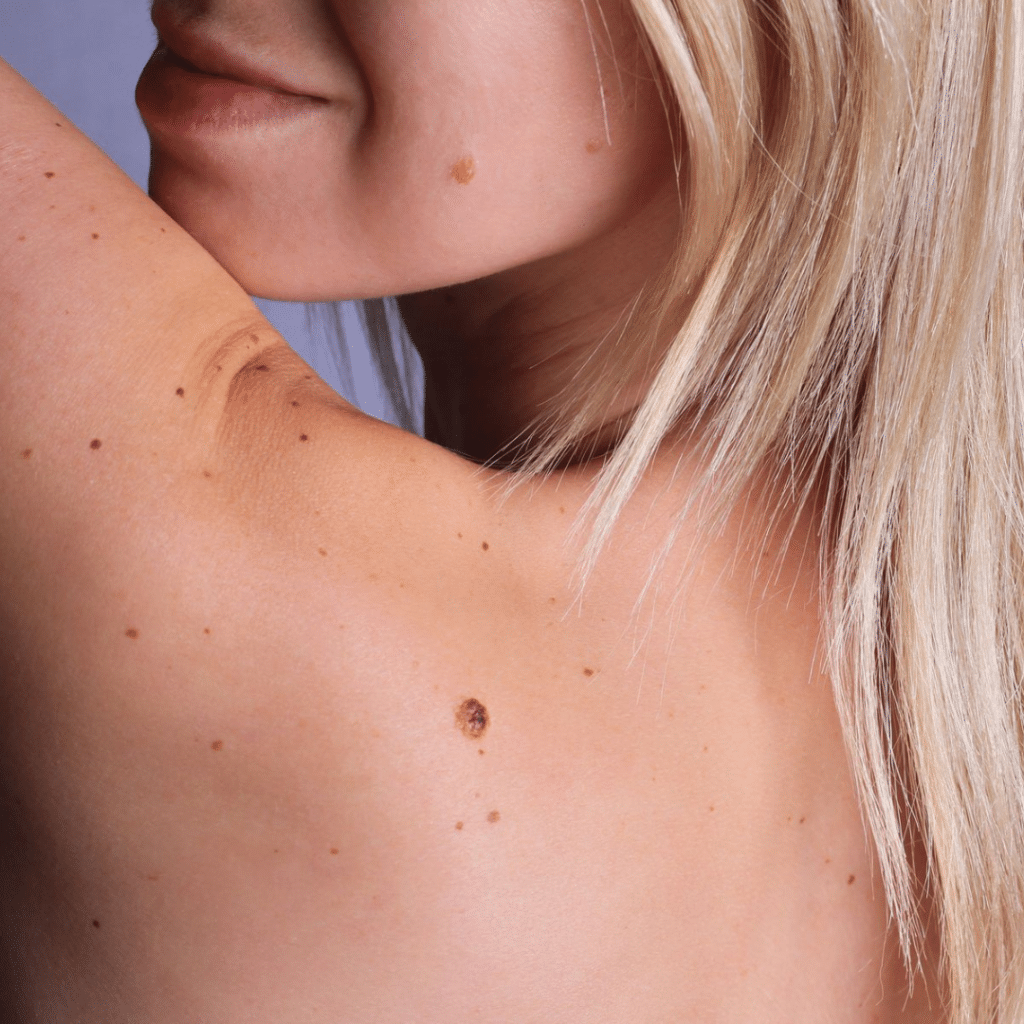
Too Much Sweating? MiraDry Could Be Your Cure.
Excessive sweating beyond that which is required to regulate body temperature is medically termed hyperhidrosis. It is estimated to affect over 3% of the US population, which is quite common as far as medical conditions go. And according to quality of life studies, few medical conditions that are this common have as significant an emotional and social burden as hyperhidrosis. The most commonly affected body sites include palms, soles, armpits, face, and scalp. These are also areas that are naturally high in sweat gland density.
Hyperhidrosis can be primary or idiopathic, which means it occurs without any apparent cause. Or it can be secondary, meaning that it is the result or side effect of something else like medications, hormonal changes, or other illnesses. It can also be localized to one area of the body, just on the hands for example, or it can be generalized with increased sweating from many areas of the body together. When hyperhidrosis is secondary it is usually generalized, affecting many areas of the body.
How do you know if you have primary hyperhidrosis?
Check out the diagnostic criteria:
- You have Excessive sweating of 6 months or more located in the axillae, palms, soles, or craniofacial region
- There is no apparent secondary cause, such as medications, endocrine, or neurologic disease.
You also have two or more of the following characteristics:
- Symmetric, affecting both sides of the body.
- Not present during the night
- Episodes occur at least weekly
- The onset of the problem before the age of 26
- There is a family history of excessive sweating
- The sweating is so much that it impairs normal daily activities
How do we treat it?
There are various treatments including topical solutions, systemic medications, and a variety of procedures. I’ll review a few of them very briefly.
Topical treatments are the first thing to try. There are several possible topical options, but the most common are prescription-strength medications with up to a 20% Aluminum Chloride solution. These are often cheap and quite effective, but occasionally irritating to the skin.
Iontophoresis is another option, most often used for hyperhidrosis affecting just the palms or the soles. It is a technique that involves immersion of the palms or soles in small, electrode-containing plastic trays with tap water. A very mild electric current is applied. This, we think, helps force sodium and other ions from the water into the sweat gland openings, forming plugs that restrict the release of sweat from the ducts. Side-effects including minor discomfort during treatment and skin irritation such as burning, tingling, and erythema rarely occurs. The amount of time required for therapy is sometimes bothersome to patients, as each session is given over 20 min and it is necessary to treat at least a few times a week in order to maintain improvement.
Botox, Botulinum toxin, is a great way to treat focal areas of hyperhidrosis. It is a neuromodulator that works to stop nerves from firing by blocking presynaptic acetylcholine release. Since the nerves that activate the sweat glands are controlled by acetylcholine release, Botox does a nice job at decreasing sweat gland production. Botox injections are less invasive than surgical procedures and provide longer-lasting results than topical therapies. The effects last for 4–9 months on average and are associated with a very high satisfaction rate among patients.
This brings me to microwave energy, the motivation for the post. It is an exciting new therapy for excessive underarm sweating. The technology is called MiraDry, and there is nothing else out there like it. MiraDry uses microwave technology to permanently destroy the sweat glands in the armpits, and it is getting a lot of press these days in the cosmetic medical literature. It is approximately a one-hour procedure done in the clinic under local anesthesia to both armpits. Up to 80% of the sweat glands are destroyed after just one treatment, but two treatments appear to be required to achieve optimal results. Biopsies performed on skin treated up to one year previous have shown a marked decrease in sweat glands, and since sweat glands are thought to not regenerate, this seems to support the company’s claims of long-term results. Side effects include transient swelling, discomfort, and numbness, as well as redness, bruising, and partial underarm hair loss. Of course, evolving data regarding safety, therapeutic settings, efficacy, side effects, and long-term follow-up will continue, as this treatment option is relatively new.
But the patients that I’ve treated are extremely pleased with this approach and I love being able to offer a treatment with such positive and potentially permanent results.
